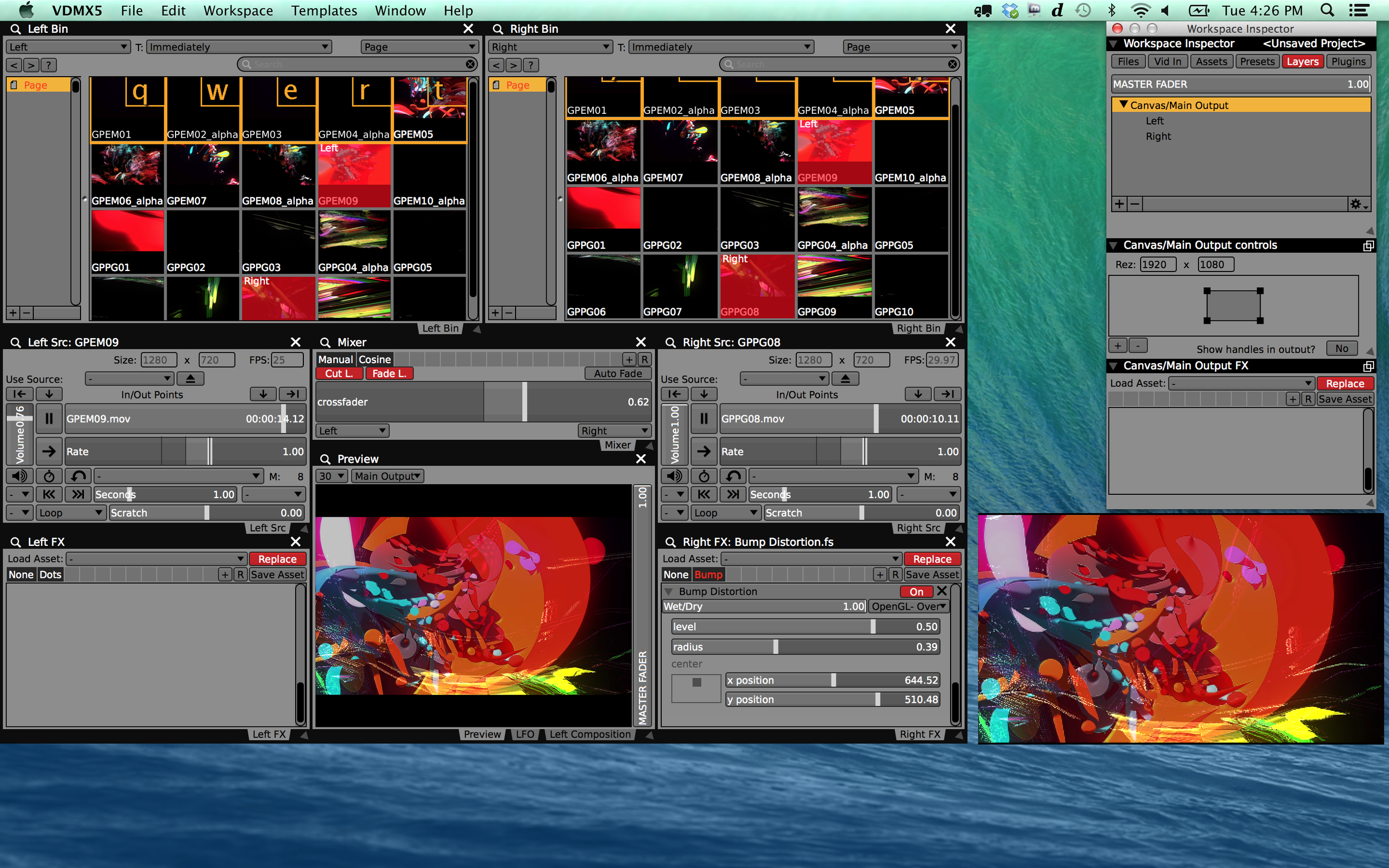
QuickTime Codec: Samples encoded using the Vidvox QuickTime codec (20 MB zip).AVF Batch Converter: Samples encoded using Vidvox AVF Batch Converter (35 MB zip).TouchDesigner: Samples encoded using Derivative TouchDesigner (1.5 GB zip).FFmpeg: Samples encoded using FFmpeg (24 MB zip).16K: Samples at high resolution (35 MB zip).


Please visit the HAP site for links to encoders and more information about HAP as well as resources for developers. Providing your example outputs (as you did here) is also a good idea.HAP is a family of video codecs which perform decompression using a computer's graphics hardware, substantially reducing the CPU usage necessary to play video - this is useful in situations where CPU power is a limiting factor, such as when working with multiple high resolution videos in real-time. what kind of visual artifacts appear), so they know what to look for. When you post a bug report on the FFmpeg tracker, it'll be important to provide all relevant settings for AME and FFmpeg and clearly describe the difference in quality (e.g. So they decided to re-implement HAP support themselves.

Moreover, their decision to not support system-wide QuickTime plugins may be based on restrictions of licensing or other reasons of who controls the actual plugin code (e.g. they will not provide updates for the player anymore.įFmpeg on the other hand is a very cross-platform set of libraries and tools, that can be built for many more operating systems, including Windows, MacOS, and most Linux and Unix flavours.įFmpeg also supports many additional video and audio codecs for which no QuickTime plugin exists at all. Please be also aware that Apple no longer supports the QuickTime player on Windows ( ), i.e. This obviously works only on operating systems that support QT. Many Windows or MacOS based applications such as After Effects etc use video codec conversions via QuickTime (QT) plugins, so that any newly installed QT plugin on a system can be used by them.


 0 kommentar(er)
0 kommentar(er)
